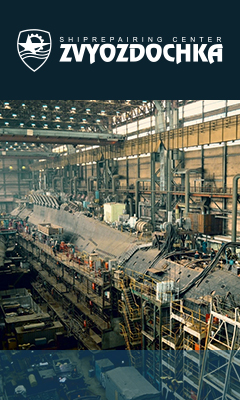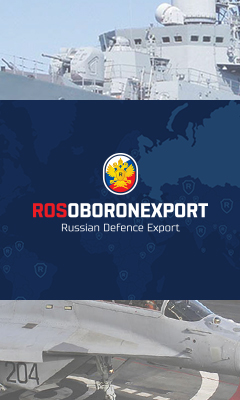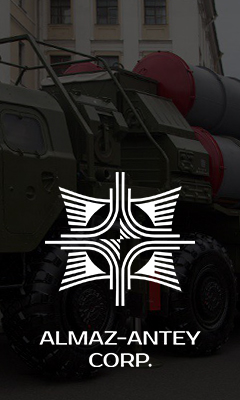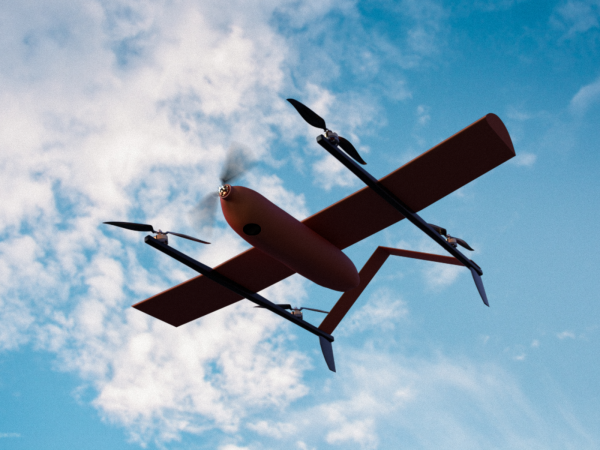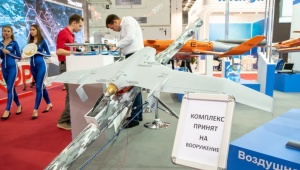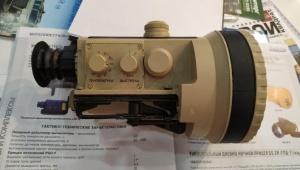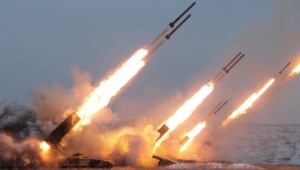While searching for an optimal ship-landing method (beam and rope landing types were considered), the researchers opted for an airplane design with the VTOL capability. For that purpose, the earlier selected basic vehicle SUPERCAM S-350 was upgraded and equipped with additional powerplant.
"The key concept of the work done implies the synthetic vision system, which then can be installed on every drone by adding the compact modules. The intellectual system will help a drone select a certain ship and land on it autonomously by marks on the deck", explained the expert.The synthetic vision technology is based on the neuronet model, same principle is used for identification of people and vehicle numbers. The applied neuronet has a self-learning function, i.e. the more the drone flies, the faster it finds its mothership and approaches to land.
"Deck landing of drones is a task that still needs a solution. The situation with copter-type UAVs is especially complex. In waves, the shipís deck actively moves in two directions. The intel system wonít help in this case, as onboard equipment cannot consider all deck moves to adjust the landing profile. Our team did try to find a solution, as well as other organizations, but with no effect so far", commented Valentin Syrachev, deputy director of NPP Radar MMS. "Sure, I know that naval school and its lab. To me, the training facility has not recovered its scientific potentials yet, so there is little hope for any breakthrough outcomes. Anyway, if they manage to land the drone at sea force 4 or 5, that would be a robust progress. Iíd love to be wrong, of course", added the expert.
The semi-automatic landing of a helicopter on the deck of Project 20380 corvette Sovershenny was recently tested by the Russian defense ministry. Using mathematical software decision-making techniques, a helicopter approaches a ship along a preset trajectory and hovers at 30 meters above a landing pad. Then a pilot manually land the helicopter.










